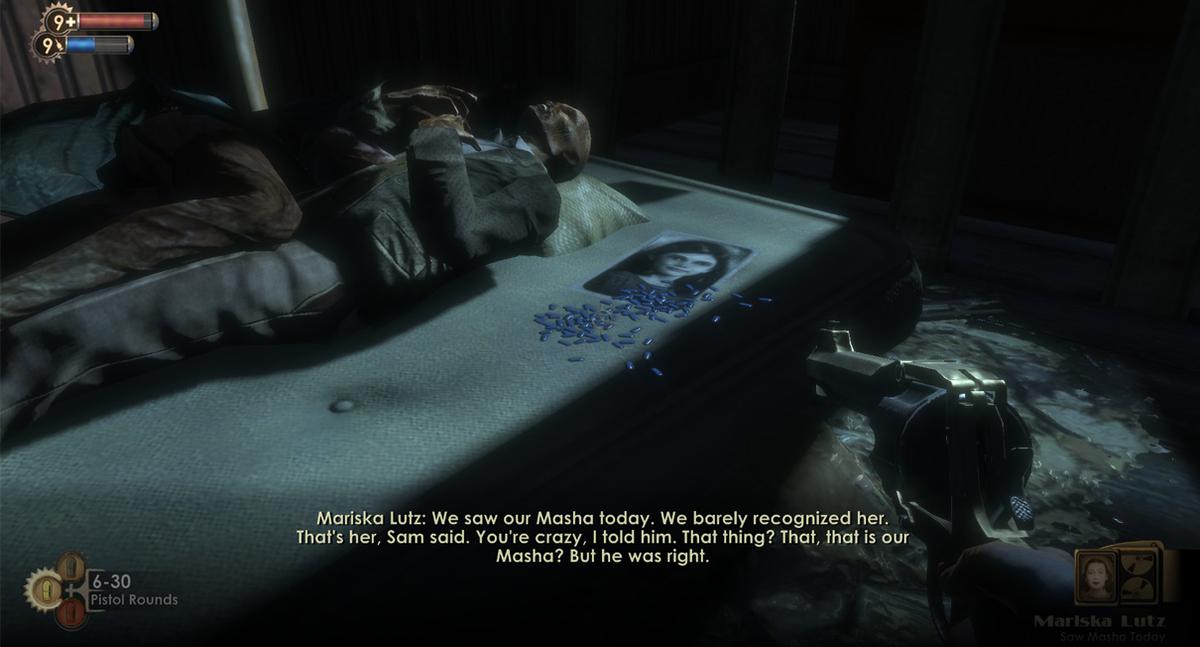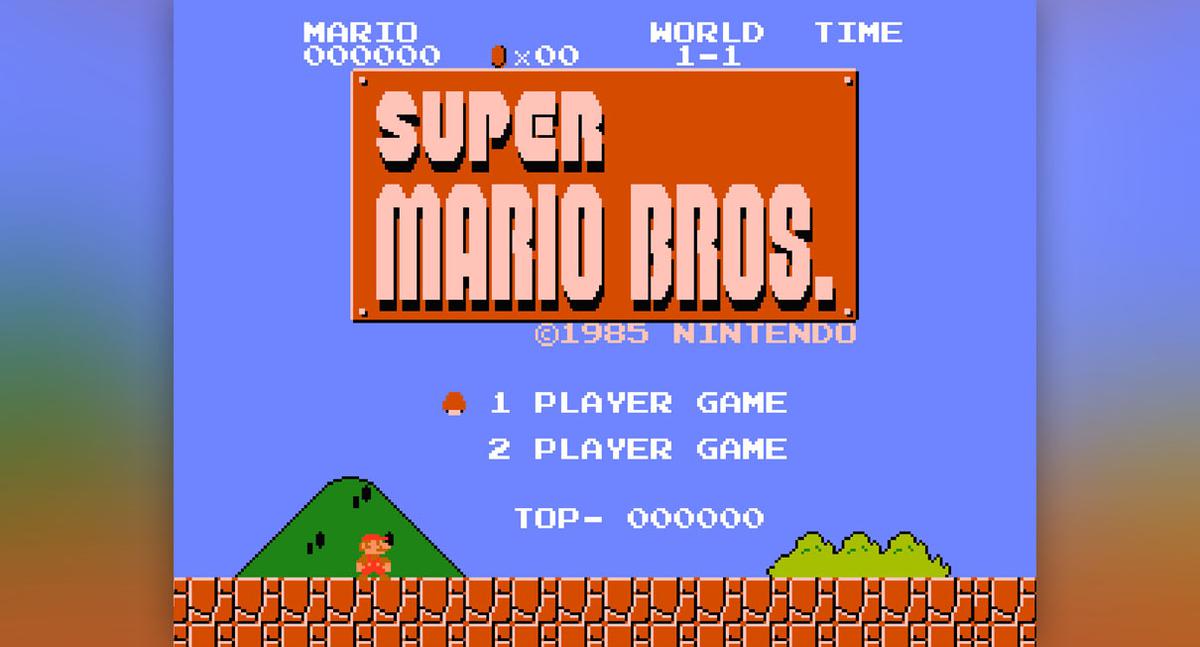Gwen Guo, co-founder of Singapore-based video game sound design company IMBA Interactive, gave a short presentation of the importance of sound in video games at the Global Mobile Gaming Conference in Manila last January.
She asked the audience if they had any prior knowledge on video game sound design, and majority of the developers in attendance did not raise their hands. Unfazed by the results of her impromptu survey, she proceeded to tell the attendees why it is good to invest time and resources on sound.
If you are a lover of music and film, you should know the importance of sound in communicating the narrative to the audience. Sound helps establish the mood and setting of a scene, add depth and clarity to the narrative, evoke conflict, and define characters. There are nuances in the story that cannot be expressed with images alone.
Even in the silent era of cinema, movies were accompanied by either a live orchestra or a phonograph, with particular pieces played in different scenes to help set moods of excitement, humor or sadness.
Fast forward to the era of the talkies until the present day: sound design has become more refined, with several layers working together to transport a film from good to great. With the evolution of video games from simple pixels to full-blown cinematic experiences, sound has become an important variable in the equation for a good video game.
While people tend to overlook sound when judging video game releases, focusing more on gameplay and graphics, hopefully by the end of this primer on sound design, you may learn to appreciate sound’s importance in your gaming experience.


Dialogue
The dialogue is the most apparent element of sound design. And it means what you think it does. It pertains to any verbal communication between characters within the game. It could be anything from a witty one-liner (technically a monologue, but still) to an exchange between multiple characters.

Story-driven games feature long scripts akin to screenplays, usually used in cutscenes or woven into the game itself, as with 2K’s BioShock series and Rocksteady’s Batman Arkham series. Recorded dialogue may also be used as chosen responses by gamers in role-playing and adventure games like LucasArts’ classic Grim Fandango.
In video games, character grunts and breaths are also part of the dialogue recording process. Camilla Luddington revealed in an interview that she recorded different “in pain” and “death” noises for the 2013 reboot of the Tomb Raider franchise to go along the multiple possible death scenes for Lara Croft.
Music
In its essence, music is a combination of sound and silence that continues over a period in time. The sound comes from vocal and instrumental sources which combine harmoniously, following a key and a time signature. If you paid any attention to your grade school music class (sans vocal exercises), this is generally what the teacher would say.
Music primarily sets the mood for a scene or a level. Playing around with musical keys, each with their emotional and thematic associations, as with D Minor being the saddest of keys (according to Nigel Tufnel), can get the job done most of the time. However, the art comes with creating unique pieces that stays with the player. Think a little less Call of Duty and a little more Super Mario.

The stark contrast between the Super Mario Bros. Overworld and Underworld themes is the perfect example for music’s capacity to set the mood. The Overworld theme is happy, and warm, to go with Mario’s frolic across the bright and green world. The Underworld theme on the other hand, accompanies Mario as he traverses the dark, spooky and damp underground world.
Another purpose of music in video games is to signify a special event in the level, say a power-up or a bonus round which requires a sudden change in tone. This could be heard when Mario gets a Star invulnerability power-up, or when Crash Bandicoot gets an Invincible Aku Aku.
Sound Effects
Sound effects are a matter of pride for sound designers. These refer to artificially created or enhanced sounds used to contribute to storytelling. These can be any sound within the
setting of the scene that need to be emphasized like leaves rustling or a car backfiring.
The art of making these sound effects is called Foley. A good Foley artist should make sounds that follow script and audience logic, meaning they should sound naturally to whoever hears it. The skill is in trying to make the sound go unnoticed, in a positive way. The primary objective is believability.
Foley artists are known to be very creative when making sound effects. They use everyday items in various ways to make realistic sounds. Who would have guessed that the sound of a sheep being born is just a combination of hand soap and a wet towel, or a guillotine beheading is just a cabbage dropping in a wicker basket, or that the automatic door sound in Star Wars is just paper sliding in and out of an envelope? Magic.
For video games, sound effects include footsteps, clanging of swords and armor, racecar revs, rubber shoes skidding across a hardwood court, and basically every sound that occurs whenever the player’s character or NPCs interact with the environment.

Ambient Sound
Finally, ambient sound refers to any background sounds in the environment. In film, sound designers either record actual sounds in different real-world locations like jungles and cities, or they combine different sounds to create their own background sound. This usually plays on throughout the map, to help establish the setting.
All these elements, when executed properly, marry with the visual art to envelope players in a sensory experience that is more grand than its individual parts.
Also published in GADGETS MAGAZINE March 2017 Issue.
Words by Robby Vaflor
